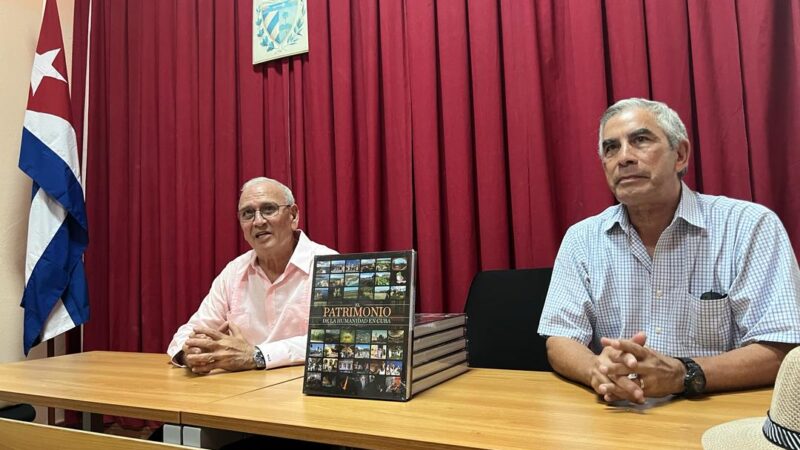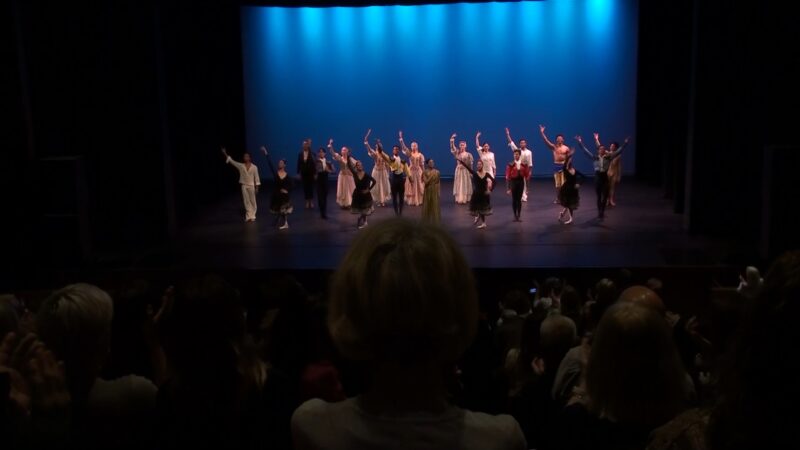Decentered Innocence: Notes on the exhibition Con voz propia
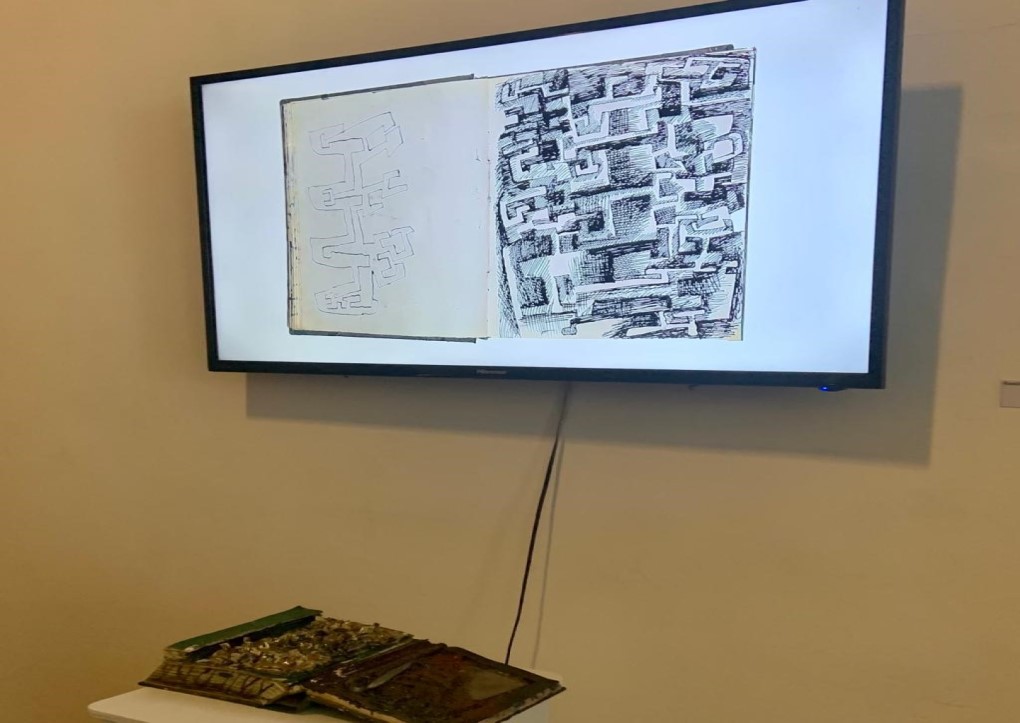
The Taller Gorría Gallery recently inaugurated the group exhibition Con voz propia. Outsider Art in Havana, which can be considered avant-garde in relation to the other curatorial projects presented by Havana’s cultural life.
It was supported by the Spanish Embassy in Cuba and the NAEMI Foundation, a non-profit organization based in Miami, USA, that promotes and supports contemporary art in all its forms of expression.
The exhibition, curated by Jorge Peré and Juan Martín, seeks to shed critical light on a misunderstood and understudied area of art history, namely Art Brut and Outsider Art.
The relationship between the two concepts is one of alterity and the gaze of the other over and above what is already established in the artistic norm. It is what is valued by the art market on the basis of aesthetics, and what the author can contribute from his academic career or close to it, that is, his validation.
The term Art Brut was coined by the visual artist Jean Dubuffet in 1945 and refers to that type of artistic creation outside the current art system, that is, stripped of academic training per se.
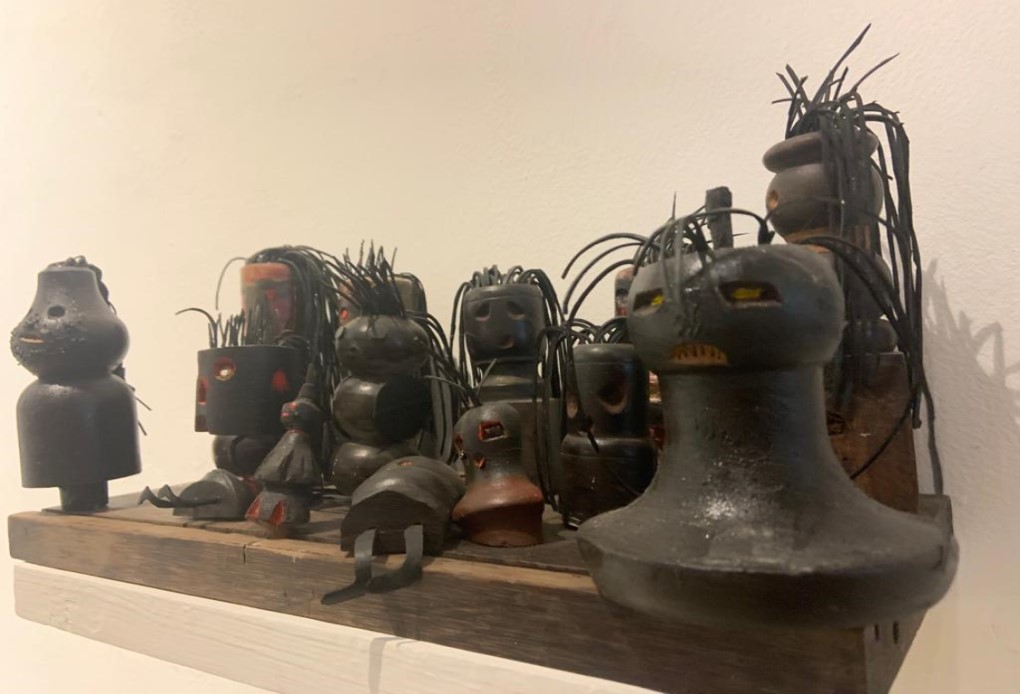
This type of creativity is usually associated with the self-taught, psychiatric inmates, misfits, loners, etc. Outsider Art is Jean Dubuffet’s 1972 translation of this term into English. In turn, it alludes to the art that is produced on the margins of official culture. In many cases, it is an undervalued art, far from public attention.
With its own voice, it reveals the misunderstood imaginary. It is a source of expression of unexplored worlds of the mind. The totemic figures of the artist Adriam Horta allude to the magical-religious expressions of the first people. It is a practice of connection with the unknown and visions of external nature.
The dozens of wooden figurines are arranged, one assumes, in two groups according to their appearance and a specific conception in each. One statuette stands out and seems to embrace the others under its halo. It has an elongated structure and stylized features, little worked. There are two faces, one apparently calm and subdued, the other with a tendency to an imposing masculine expression.
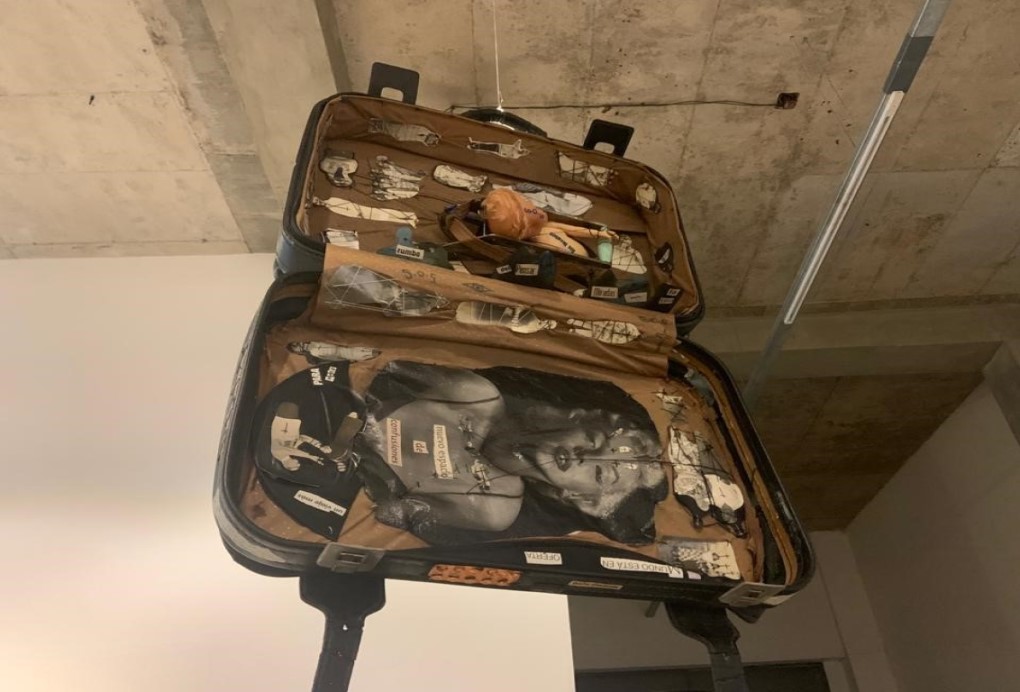
Jorge A. Hernández Cadi (El Buzo) conceives horror vacui in his aesthetic. The suitcases are a motley of objects in total functional and utilitarian contraposition. This pastiche creates distensions in the reading of the piece, as well as fear and repulsion before the semantic load. The suitcases hang like chandeliers. They float and stand or lie in the space determined by gravity, absurd elements that never touch each other.
Marco Antonio Guerrero’s painting, on the other hand, recreates a dreamed childhood, a childhood cut off or permuted by the discrepancies of time in its continuous and eternal whim. Airplanes, almost pure colors, geometric and inclined buildings give the sensation of movement. A naive or innocent form of drawing is present in the proposal and refers perfectly to the emulation of the outside in art.
There is a debt to this type of creation and its creators. It is necessary to know their inner world in order to make sense of the forms that are gestated in this marginalized or marginalized environment – from the point of view of those who have the legitimizing power. To find order in this chaos, Con voz propia comes. Because, according to the words of the presentation, the spaces are filled «(…) with liberated subjectivities that involuntarily order themselves within art.»
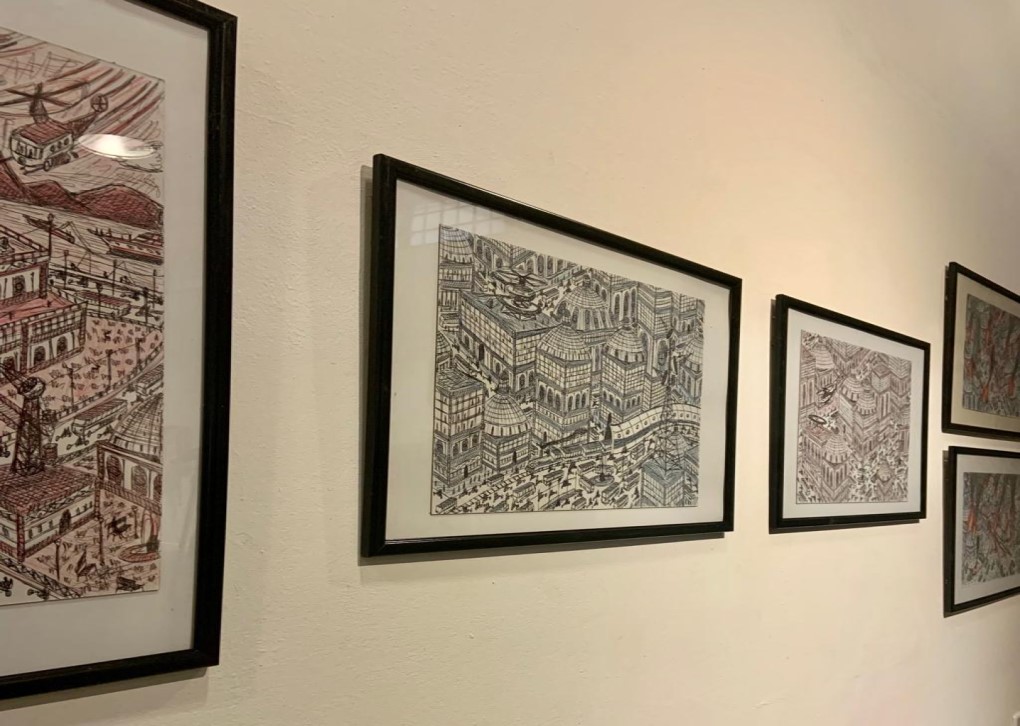
The Taller Gorría Gallery is directed by the actor, director and visual artist Jorge Perugorría and is located in San Isidro, No. 214, entre Picota y Compostela, in Old Havana.
Translated by Luis E. Amador Dominguez


